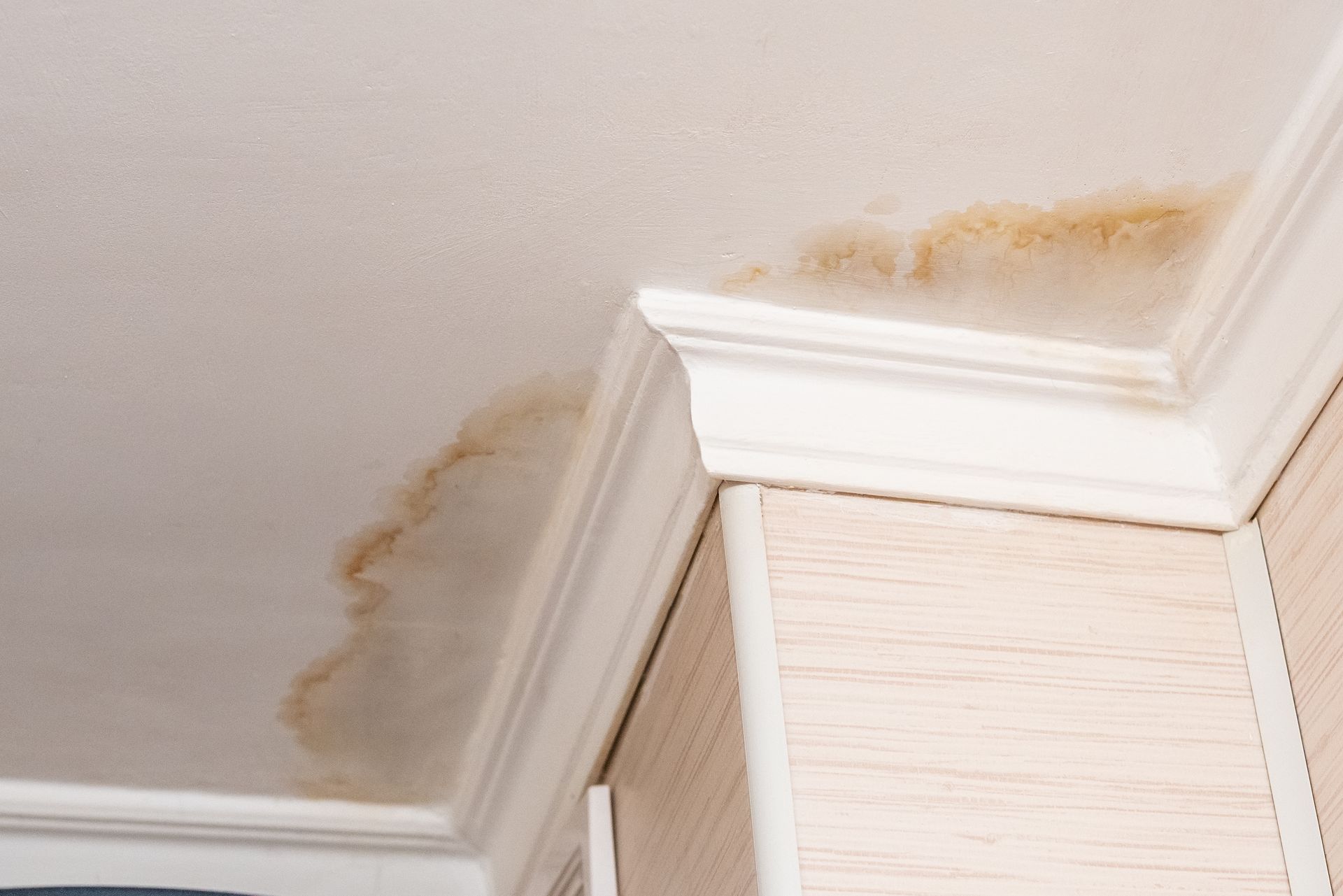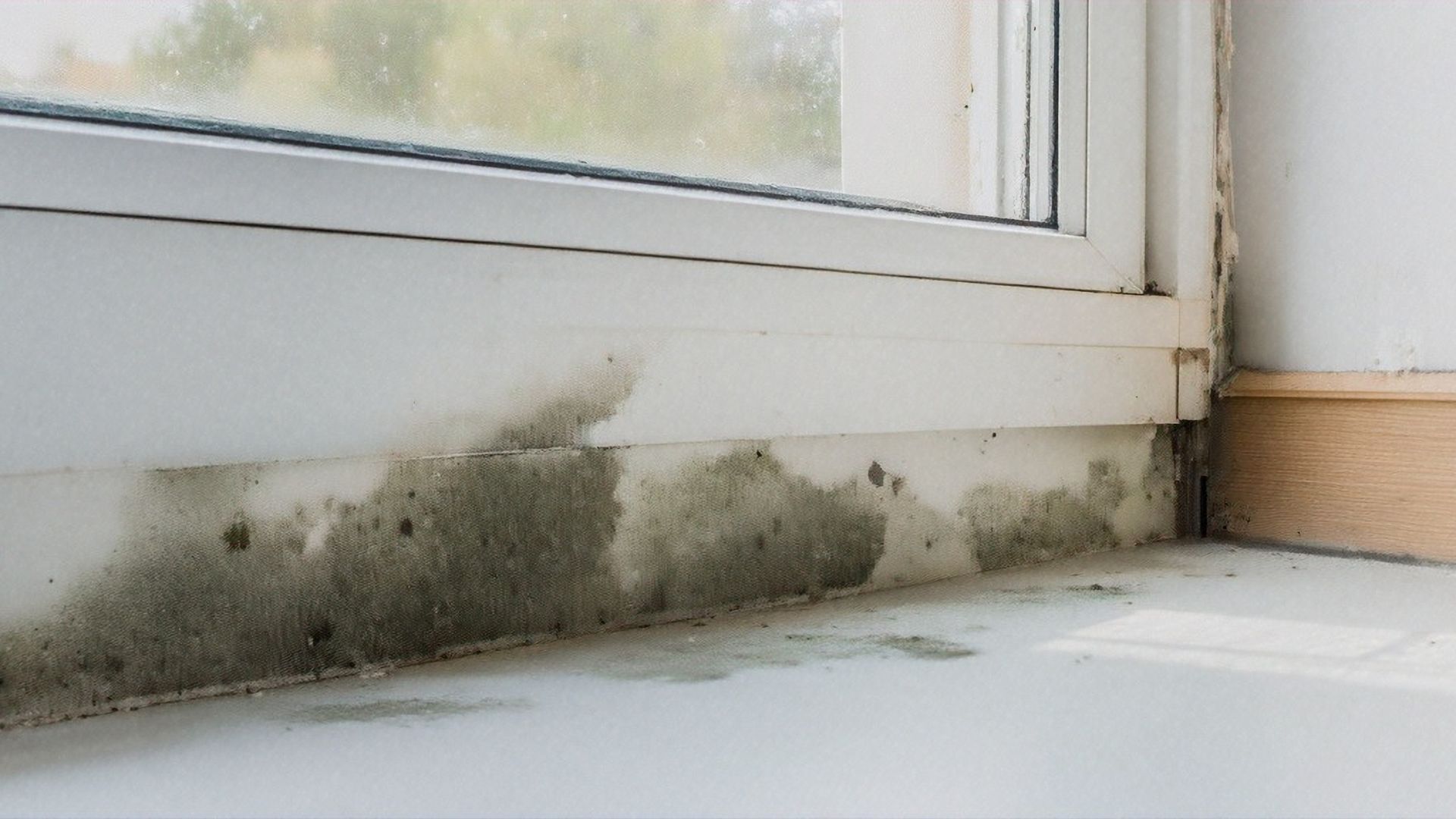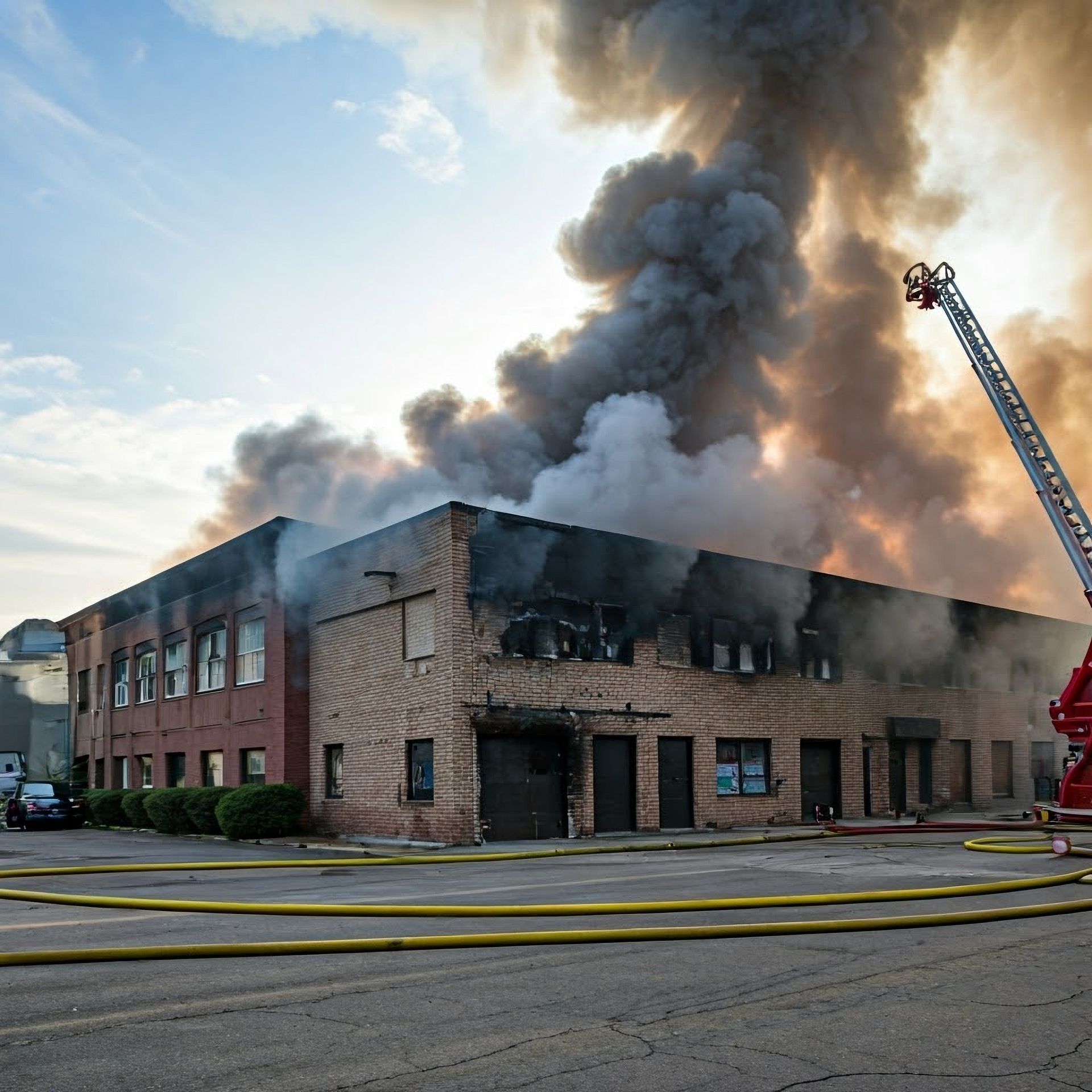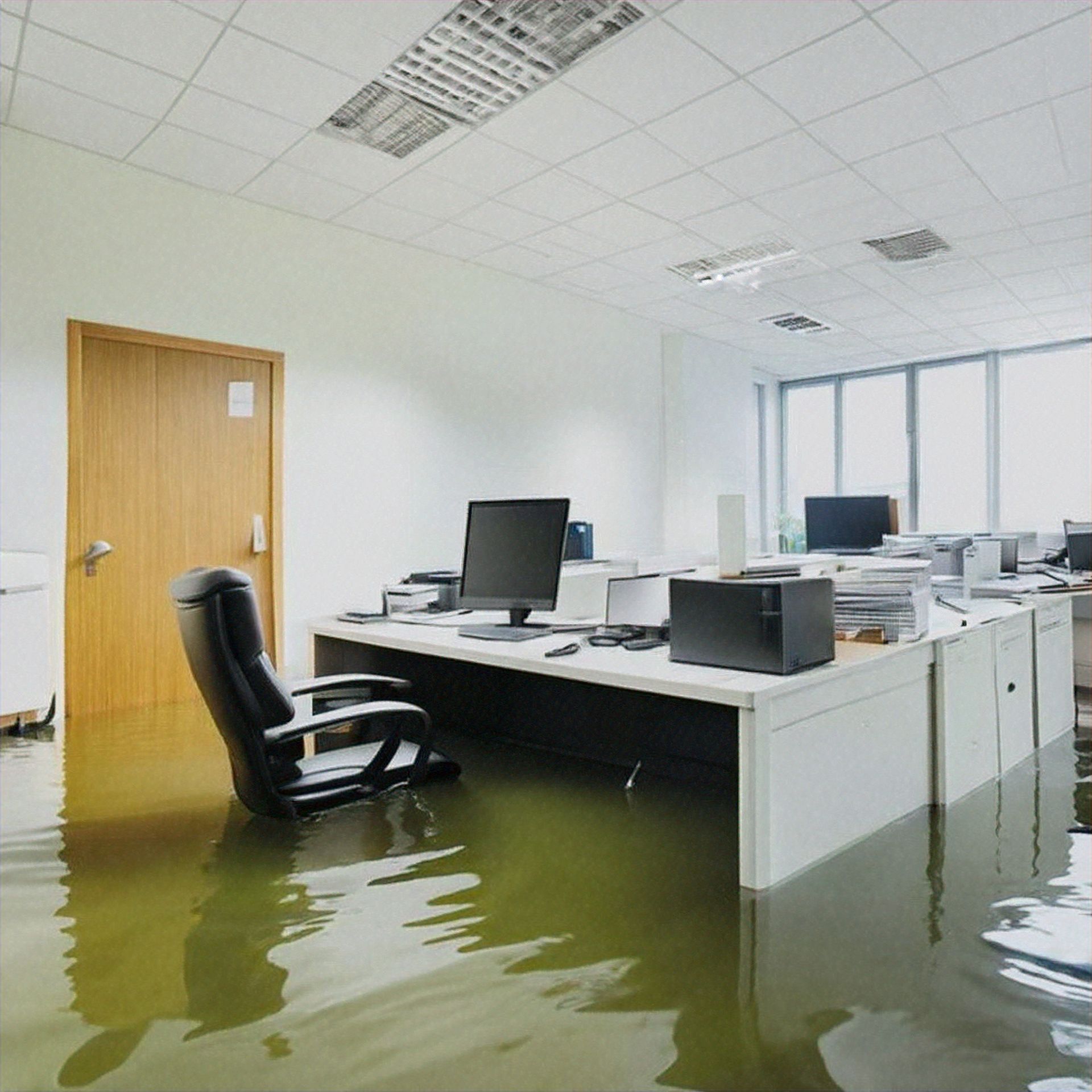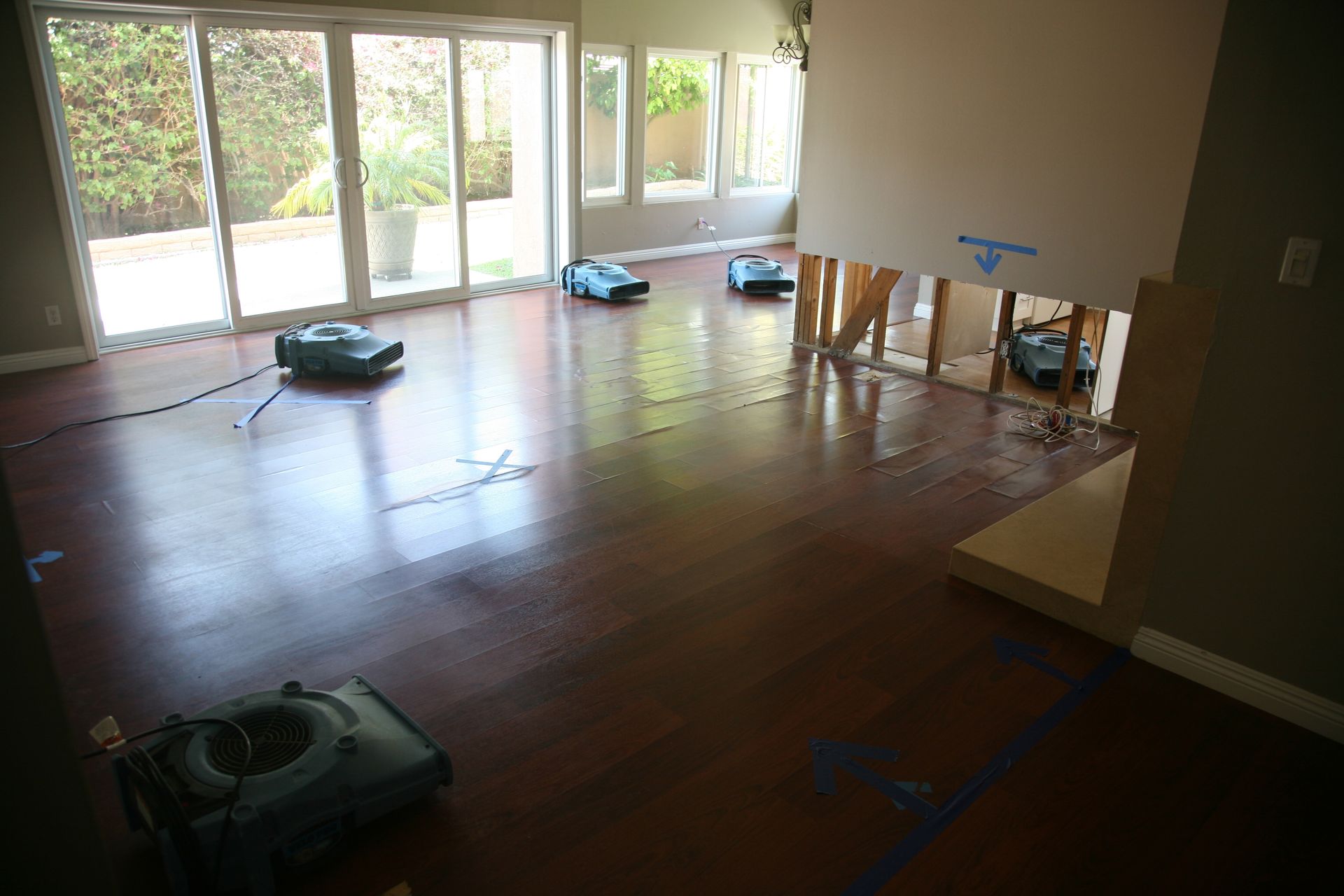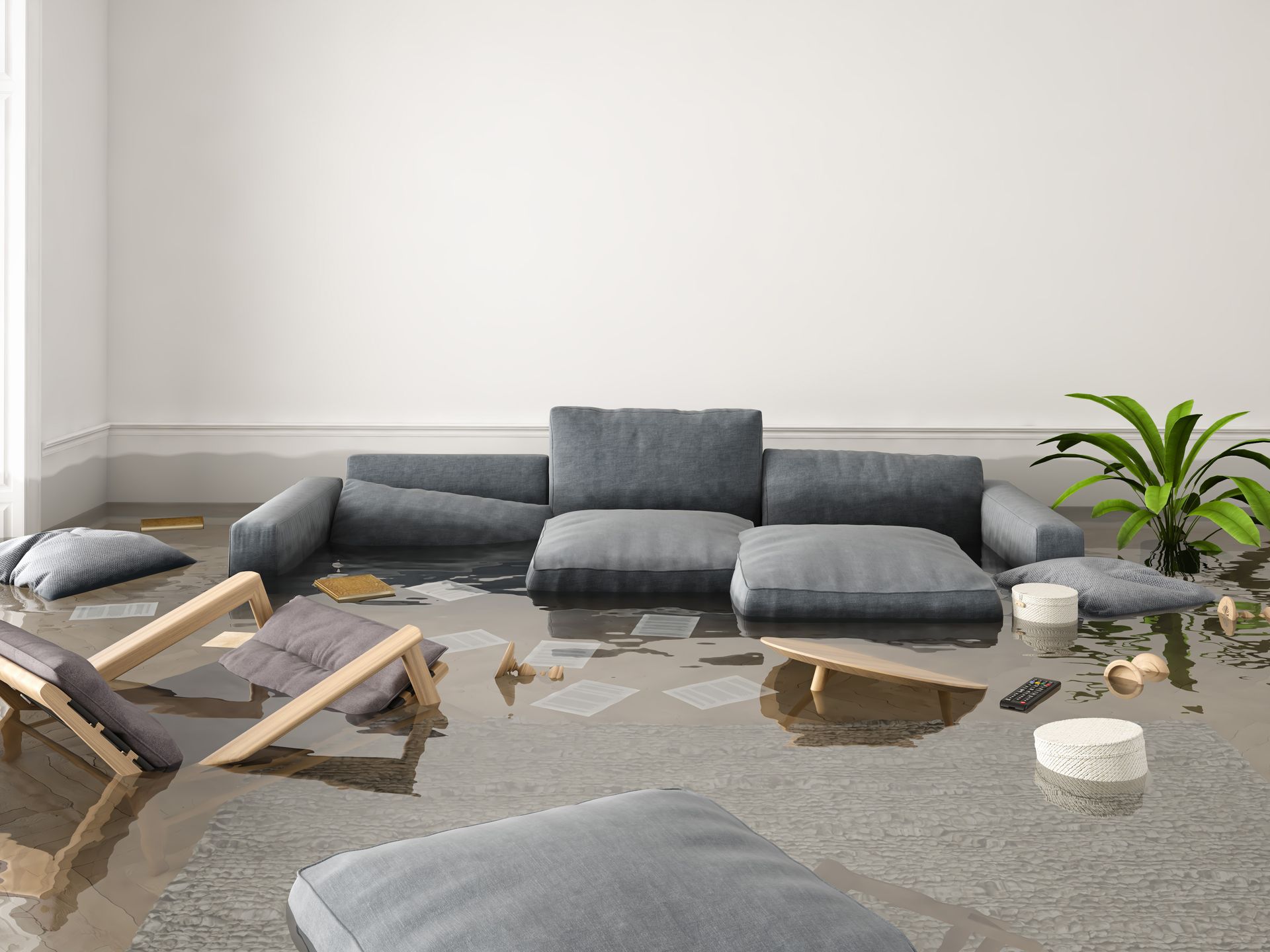What Are the Signs of Water Damage on a Hardwood Floor?
Protecting Your Investment: How to Spot and Restore Water Damage on Hardwood Floors
Hardwood floors bring warmth, elegance, and durability to any home. But even the most well-maintained hardwood flooring isn’t immune to water damage. Whether it's from an unexpected flood, a hidden leak, or an accidental spill, water damage can quickly become a significant concern for homeowners in Evansville, IN, and beyond. If left untreated, the damage can escalate, leading to costly repairs or even the need for full floor replacement. This guide will help you identify what are the signs of water damage on a hardwood floor so that you can act swiftly to protect your investment.
When water infiltrates your flooring, it can weaken the wood’s structural integrity, diminish its aesthetic appeal, and foster mold growth, affecting your home’s overall air quality. Let’s explore the telltale signs of water damage on hardwood floors and the steps you can take to restore them.
Common Causes of Water Damage in Hardwood Floors
Understanding the sources of water damage can be the first step toward prevention. While this article will help you identify what are the signs of water damage on a hardwood floor, knowing the common causes allows you to be more vigilant. Here are a few typical reasons why water damage might occur:
- Flooding: Floods from severe weather, burst pipes, or heavy rainfall can devastate a home’s flooring.
- Plumbing Leaks: A slow leak from a nearby sink, refrigerator, or dishwasher can silently wreak havoc on your floors.
- Spills and Splashes: While minor spills may seem harmless, frequent exposure to water in areas like kitchens or bathrooms can lead to damage.
- High Humidity: In areas like Evansville, where humidity can fluctuate, excess moisture can penetrate wood flooring, causing warping and mold growth.
For those experiencing these issues, Restoration 1 of Evansville offers water damage repair services that can help address the problem at its source, preventing further harm to your flooring.
What Are the Signs of Water Damage on a Hardwood Floor?
Being able to recognize what are the signs of water damage on a hardwood floor early on is essential. Early detection allows you to address issues before they worsen, saving time and money. Here’s what to look out for:
1. Discoloration and Dark Spots
One of the most noticeable signs of water damage on hardwood floors is discoloration. This may appear as dark spots, patches, or stains, especially if the wood has been exposed to standing water or a persistent leak. Dark spots are often indicative of mildew or mold, both of which can grow quickly in moist environments.
2. Cupping or Warping
Cupping occurs when individual planks develop a concave shape, with the edges curling upward. This distortion happens when moisture seeps into the wood from below or above, causing the fibers to expand unevenly. Warping, on the other hand, affects the entire board and is usually the result of significant water damage over time.
3. Buckling
If you notice that sections of your hardwood floor have begun to lift from the subfloor, it’s likely a sign of buckling. Buckling occurs when flooring separates from the subfloor due to prolonged water exposure. This issue requires immediate attention, as it can lead to tripping hazards and worsen structural integrity.
4. Soft or Spongy Areas
When stepping on your hardwood floor, you should feel a firm, solid surface beneath your feet. Soft or spongy areas may indicate moisture has penetrated the wood, leading to weakened planks. This sensation could suggest rot or compromised flooring structure.
5. Mold and Mildew Growth
Mold or mildew growth on or near your hardwood floor is a serious indicator of water damage. Mold requires moisture to thrive, so its presence means there is likely a water source nearby. Mold not only harms the floor but can also release harmful spores into the air, posing health risks.
6. Gaps Between Planks
As water seeps into hardwood floors, the wood may expand and contract, causing gaps to form between planks. These gaps can compromise the look of your flooring and allow dirt and debris to accumulate, furthering damage over time.
If you notice any of these signs, it’s essential to consult a professional, such as Restoration 1 of Evansville, which specializes in water damage repair. Their team has the expertise and equipment to assess the extent of the damage and restore your flooring effectively.
Why Addressing Water Damage Quickly Matters
Identifying what are the signs of water damage on a hardwood floor is only the first step. Water-damaged wood left untreated can lead to various complications, including:
- Structural Weakness: When water penetrates the wood, it weakens the boards and can cause rot, making your floor less sturdy.
- Increased Repair Costs: The longer water damage is left untreated, the more severe it becomes, often leading to expensive repairs or complete floor replacement.
- Health Risks: Mold and mildew thrive in damp environments and release spores that can lead to respiratory issues, allergies, and other health problems.
Steps to Restore Water-Damaged Hardwood Floors
For those who spot signs of water damage on a hardwood floor early, there are effective restoration options available:
1. Assess the Damage
Start by evaluating the extent of the damage. Minor damage, such as surface stains, can sometimes be addressed with sanding and refinishing. However, extensive damage, like buckling or rot, may require a professional.
2. Dry Out the Area
To prevent further damage, dry the affected area as soon as possible. A combination of fans, dehumidifiers, and open windows can help. However, for severe water damage, Restoration 1 provides professional-grade drying equipment that can thoroughly extract moisture.
3. Sanding and Refinishing
If the damage is primarily on the surface, sanding and refinishing may be sufficient. This process removes damaged layers, allowing the fresh wood underneath to be resealed.
4. Replacing Damaged Planks
For floors with extensive damage, such as warping or cupping, replacing individual planks may be necessary. Restoration 1 can seamlessly match new planks to your existing floor, ensuring a consistent look.
5. Professional Cleaning and Mold Removal
If there are signs of mold growth, professional cleaning is essential. Restoration 1 offers mold remediation services, which not only clean but also sanitize your floors, preventing future mold growth.
6. Sealing and Protecting
Once restored, applying a sealant can protect the hardwood from future water damage. Regular maintenance, such as resealing every few years, will also help keep the floors resilient against spills and humidity.
Preventing Future Water Damage on Hardwood Floors
Once you’ve addressed what are the signs of water damage on a hardwood floor and taken steps to restore it, consider these preventive measures:
- Use Area Rugs in Vulnerable Areas: Placing rugs in kitchens, bathrooms, and entryways can protect against minor spills and splashes.
- Monitor Indoor Humidity: Using a dehumidifier in humid seasons or areas with fluctuating temperatures can prevent moisture buildup.
- Check for Leaks Regularly: Periodic inspections of plumbing and appliances can help you catch leaks before they cause floor damage.
- Quickly Address Spills: Immediately clean up any spills to prevent the wood from absorbing water.
How Restoration 1 Can Help
If you're dealing with signs of water damage on a hardwood floor in Evansville, IN, Restoration 1 of Evansville is here to assist. Our comprehensive water damage repair and restoration services cover everything from drying and mold removal to plank replacement and refinishing. By choosing Restoration 1, you’re entrusting your home to experts dedicated to restoring your floors and ensuring long-lasting protection.
Explore our Water Damage Repair Services and let us bring your hardwood floors back to life. Don’t wait until minor signs turn into major damage—contact Restoration 1 of Evansville today to schedule an assessment.

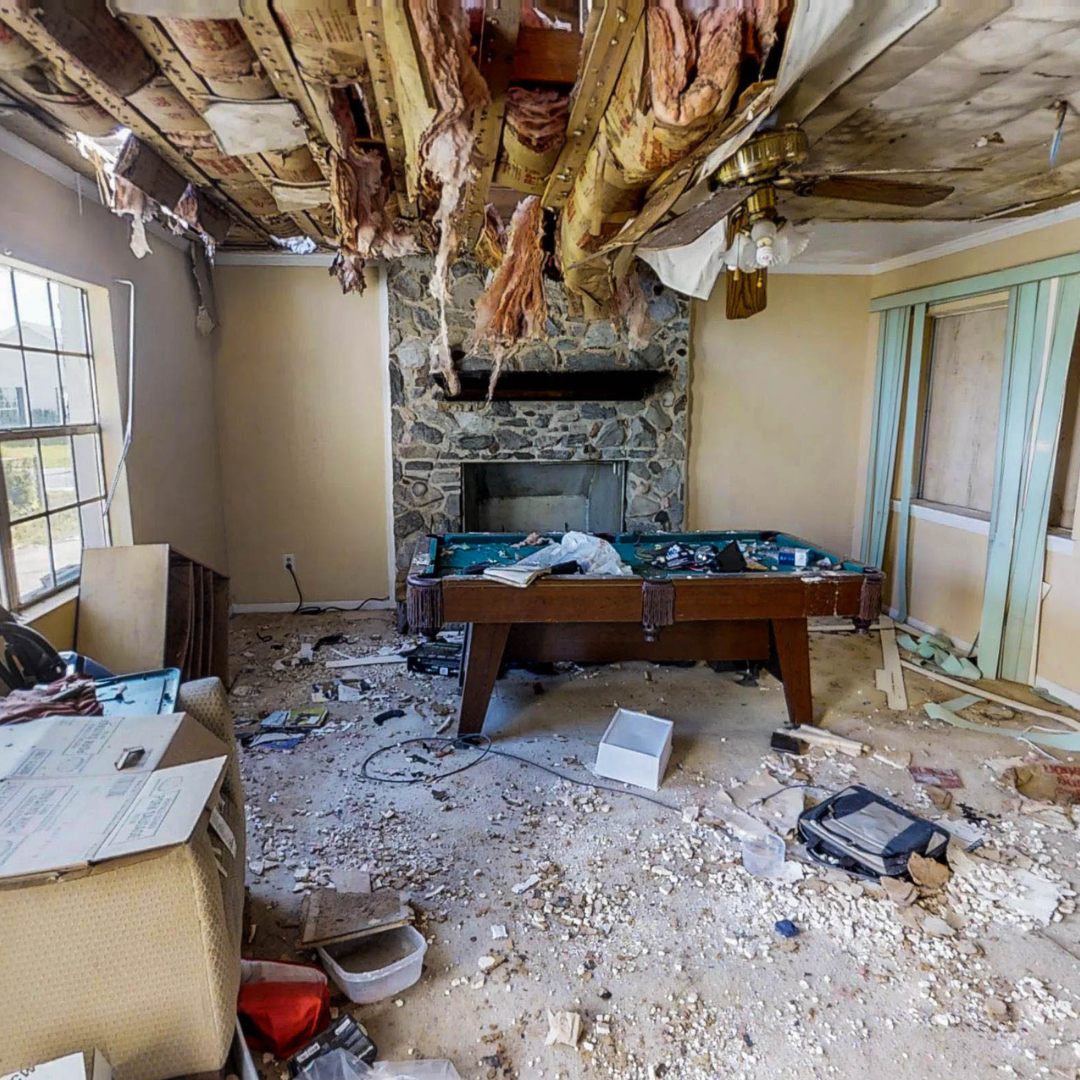
The Essential Guide to Professional Storm Damage Restoration: Why You Need Experts for Fast Recovery

Commercial Storm Damage Recovery in Evansville: Protecting Your Business When Severe Weather Strikes

Proudly Serving the following areas
- Evansville, IN
- Henderson, KY
- Jasper, IN
- Vincennes, IN
- Owensboro, KY
Contact Us
24/7
Emergency Services


